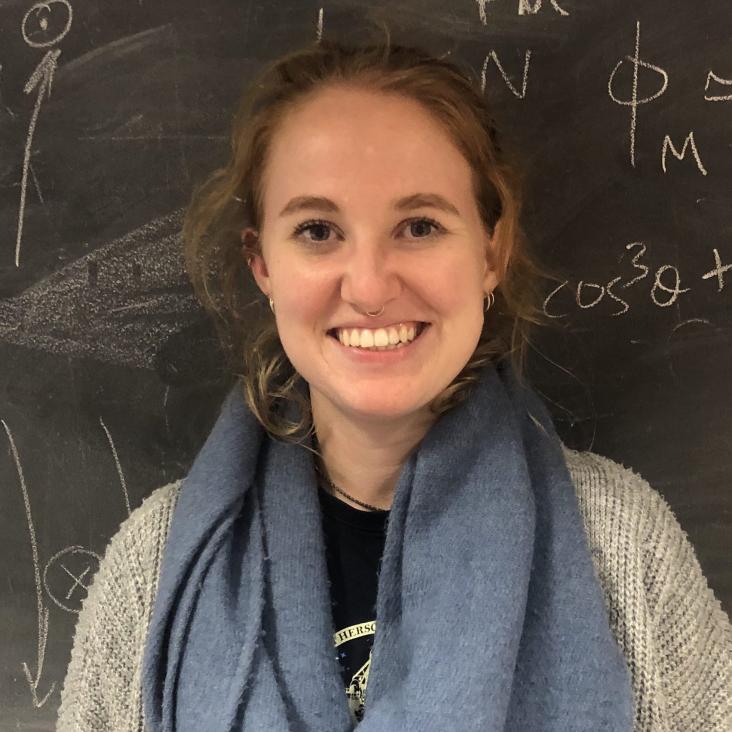Serendipitous discovery of radio flaring behaviour from a nearby M dwarf with MeerKAT
(2022)
Long term radio monitoring of the neutron star X-ray binary Swift J1858.6-0814
(2022)
A persistent ultraviolet outflow from an accreting neutron star binary transient
Nature Springer Nature 603:7899 (2022) 52-57
Radio and X-Ray Observations of the Luminous Fast Blue Optical Transient AT 2020xnd
The Astrophysical Journal American Astronomical Society 926:2 (2022) 112
An analysis of the time-frequency structure of several bursts from FRB 121102 detected with MeerKAT
Monthly Notices of the Royal Astronomical Society Oxford University Press (OUP) 505:2 (2021) 3041-3053


